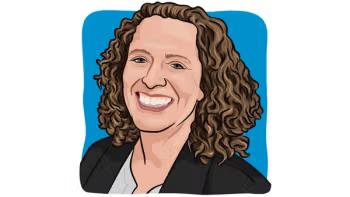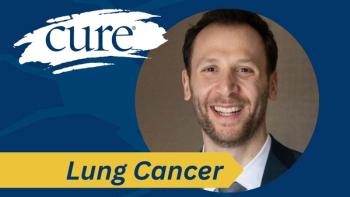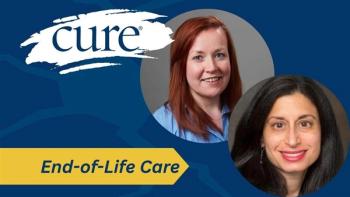
11 Years After Losing My Hair to Chemo, I Decided to Donate My Locks to Children With Cancer
A breast cancer survivor explains why she was inspired to donate her hair to make wigs for children with cancer 11 years after she lost her own hair during chemotherapy treatments.
When I first got my breast cancer diagnosis 11 years ago, I was devastated and basically lived in denial for the first days — which morphed into the first few weeks — of doctor appointments, tests, options and strategies for my treatment. I moved through each doctor visit almost as if I was a puppet being controlled by someone else.
It was like I was in the audience watching a play on cancer starring one lonely actor that looked scared and defeated. I had no feeling or connection, and it was like I was watching someone else’s life unravel, not my own.
I stayed unemotional when the doctors told me my best option was a bilateral mastectomy. I was literally told I would lose both my breasts to cancer, and I just sat there nodding at this first step of my treatment.
I sat there unemotional again when they told me I’d have multiple lymph nodes tested and then probably more surgery if they came back positive. I showed no emotion when they said I’d be on long-term hormone therapy.
I sat there with no feeling when they told me I needed 12 weeks of chemo treatment … until it clicked what that meant for me. I immediately spoke up and asked the doctor, “Does that mean I will lose my hair?” He, of course, said yes. And right there and then, I burst into tears.
OK, yes, it should have been obvious I would lose my hair. And some, mostly those who have never faced cancer, may call out the obvious that it is just hair, it will grow back, you can wear a wig, so on and so forth.
Yes, I realized all of that, but in my mind, it was the icing on the cake for me. It made the words “You have cancer” officially become real in my mind. I was going to lose my hair and then everyone would officially know that I had cancer.
It’s not that my hair meant everything to me, and I knew I could wear a wig or walk around bald, or whatever. All that didn’t matter. It was the characteristic I just always associated with cancer. Cancer = bald. It’s just how I saw it.
So yes, I lost my hair, and yes, I bought a wig. Yes, I rarely wore it, yes, I sometimes walked around bald, and yes, I dealt with it.
Then when chemo was over, I became a one-woman cheering section, anxiously looking in the mirror waiting for any sprouts of growth and dancing around with delight when the little fuzzies took control of my scalp. It made me feel like I was coming back to life with each little hair that poked through and banded together to become my new set of hair.
After that, I just wanted my hair to grow and grow, so I rarely cut it. I cherished it and was grateful to have it back. Fast forward about nine years and it’s the start of the pandemic. Everything shut down and I just let my hair grow.
Two years into the pandemic and I had one haircut. I knew where this was going. I had always thought if my hair got long enough one day, I would cut it and donate it. Parting with it to then share with someone else who has become the lone actor in their own cancer stage play seemed like the best idea to give back. I knew when the time was right, I would just know it.
Well, that time has spoken, and I just did it! Thirteen inches of my hair was just cut and banded together to be sent to an organization making wigs for children with cancer. It may not seem like a big deal to those same people who said to me the famous words of “it is just hair.” But it is NOT just hair to a patient with cancer. It’s one of many losses faced.
If my hair can help someone else who is in the spot I was 11 years ago, then I am all for it. It’s the cycle of hair in the cancer world — at least my cancer world. I grew it, lost it, grew it, donated it. And hopefully, someone else smiled because of it.
For more news on cancer updates, research and education, don’t forget to





